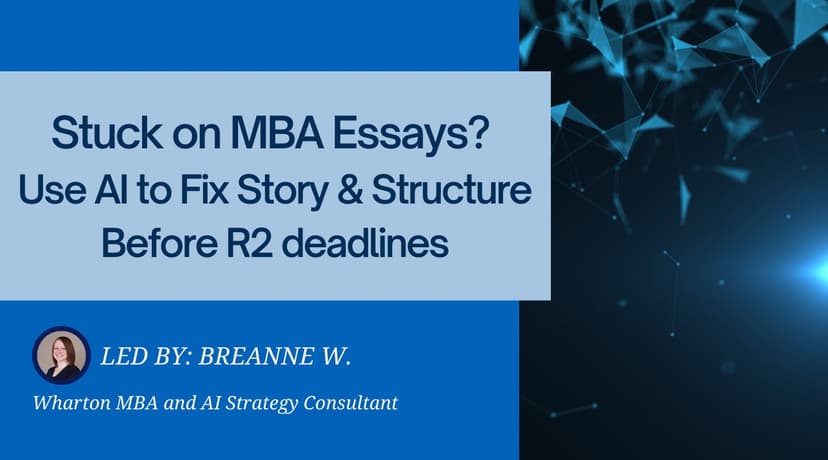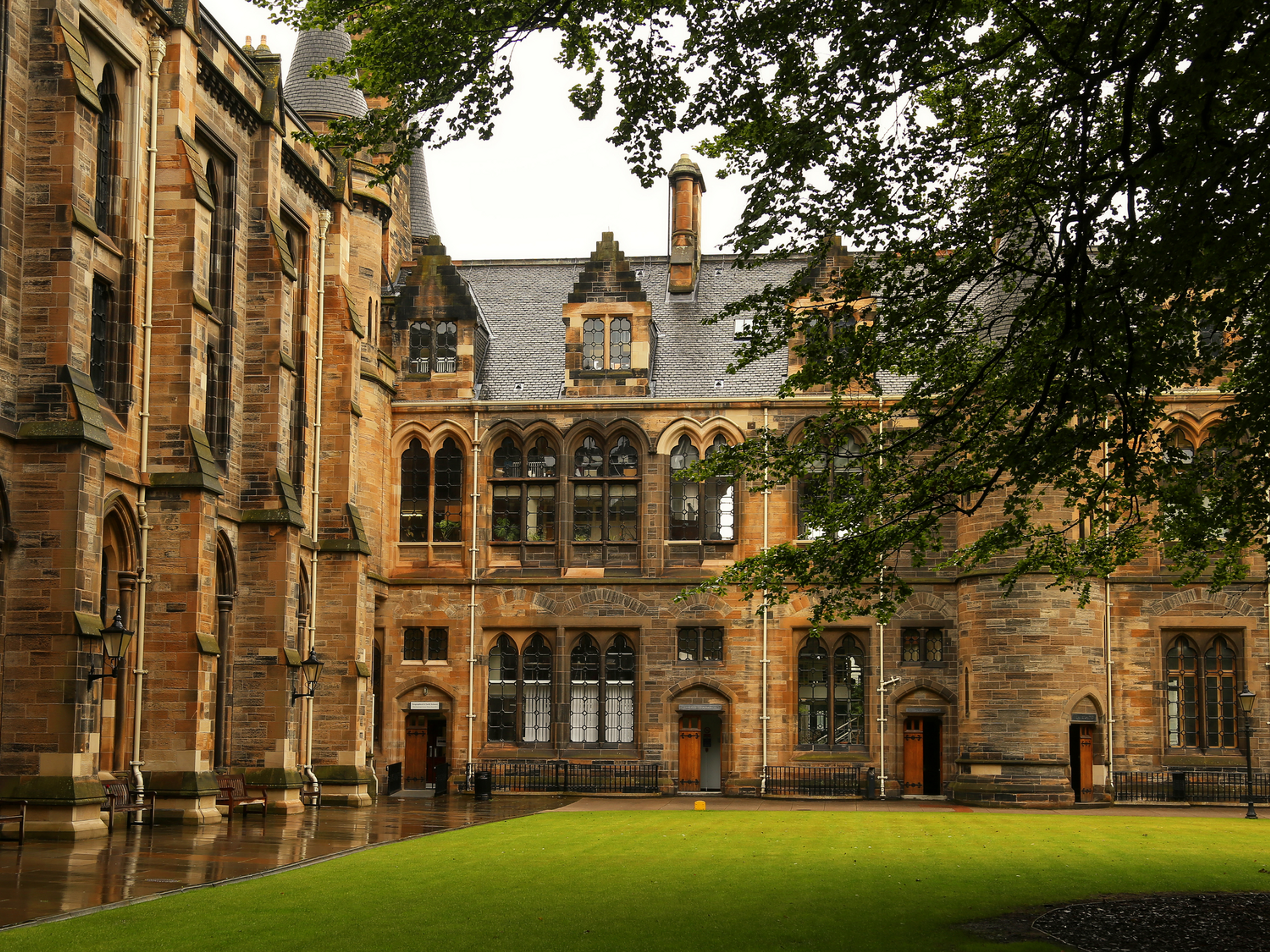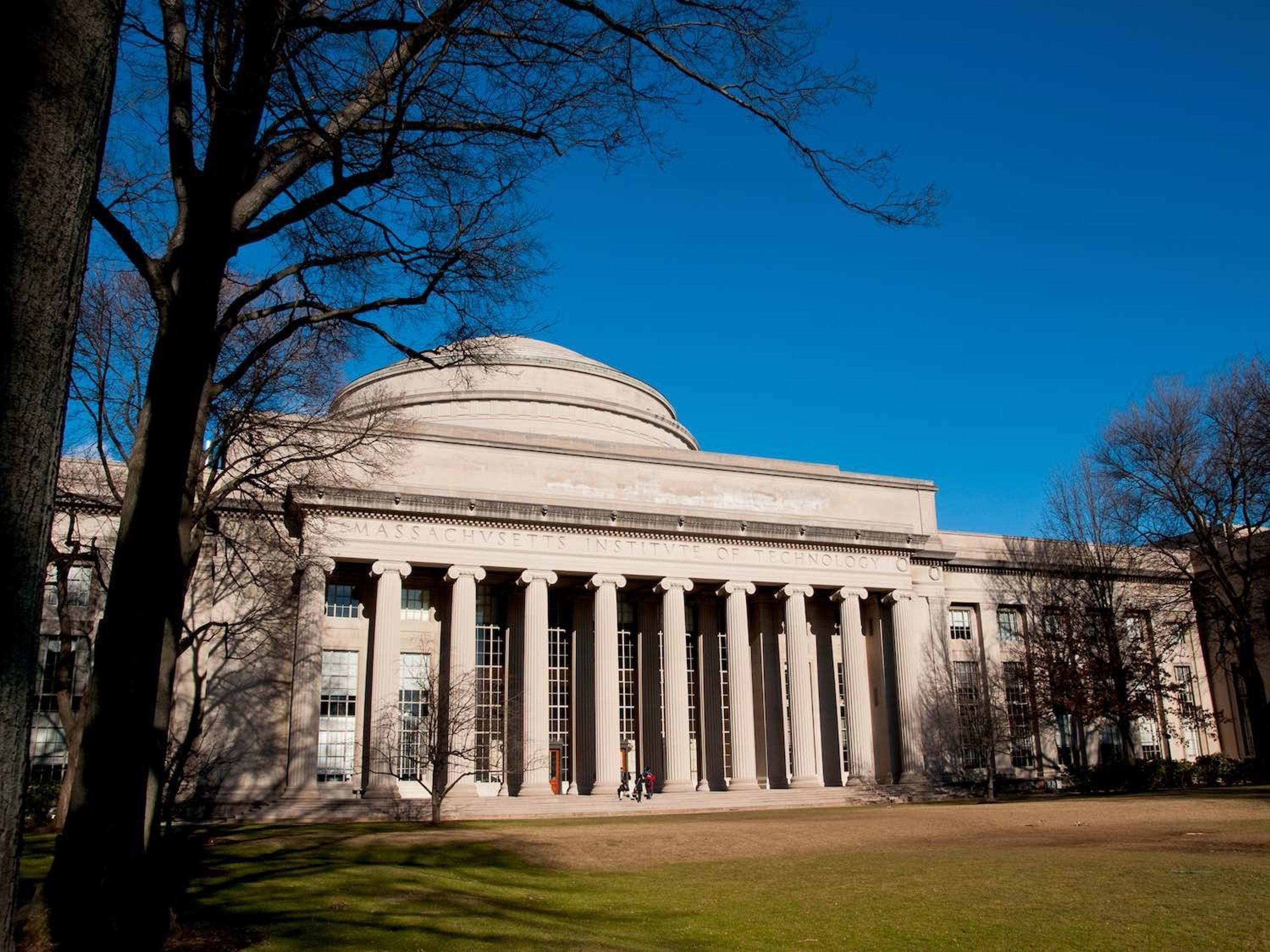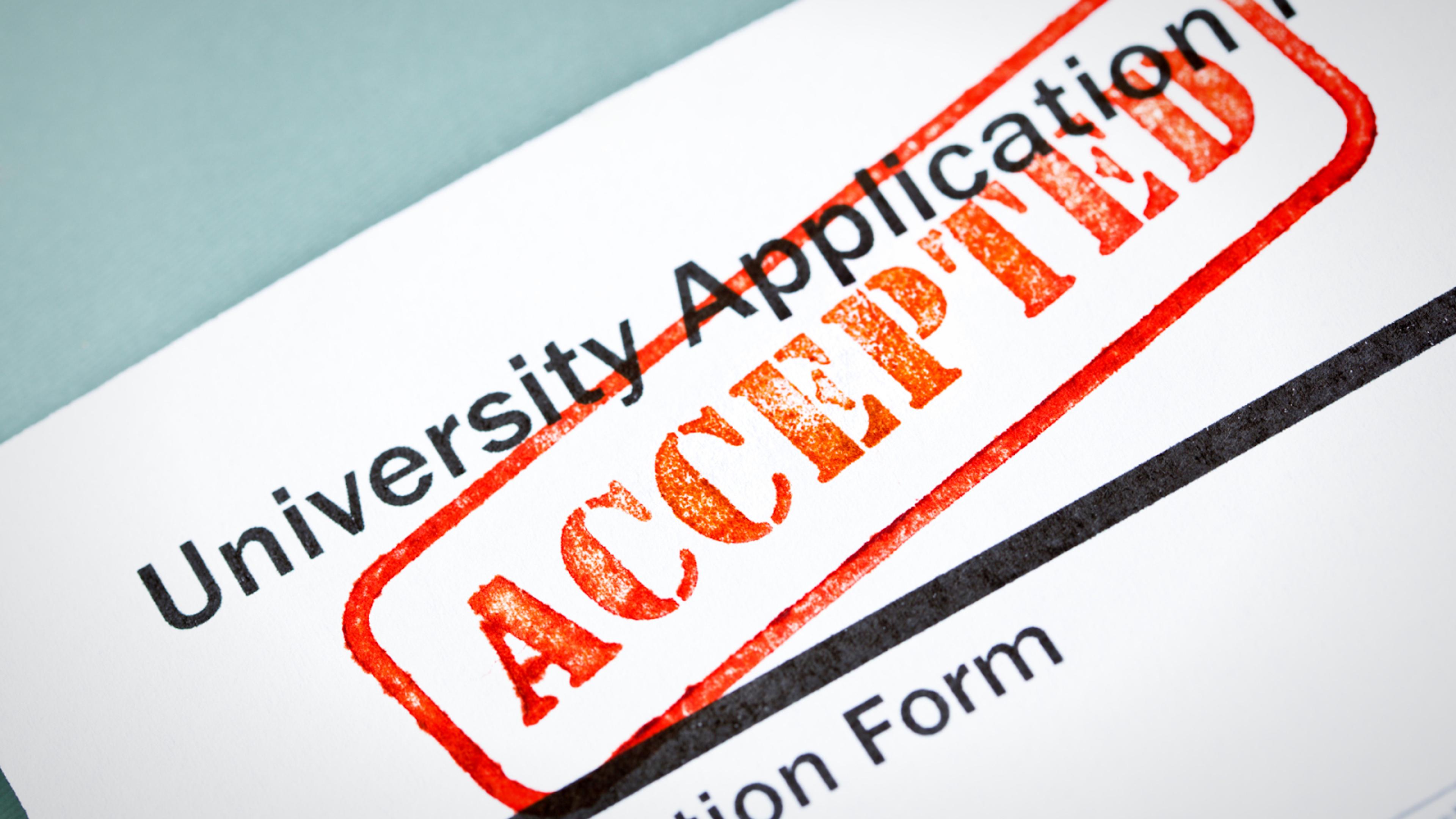
Join a free event
Learn from top coaches and industry experts in live, interactive sessions you can join for free.
Table of Contents
When exploring the different business schools out there, you may have come across resources referring to schools as “Tier 1” or “Tier 2.” While a business school’s rank may change from year to year due to the sheer number of schools and factors that go into a ranking, it will generally stay in the same tier. Using a tier system instead of only looking at rankings can also give applicants more clarity, as rankings can often result in ties that make comparing peer schools difficult, while tiers intentionally group them together. In this article, we’ll explore how schools are grouped into tiers, what separates each tier, and how to utilize B-school tiers to determine an application strategy.
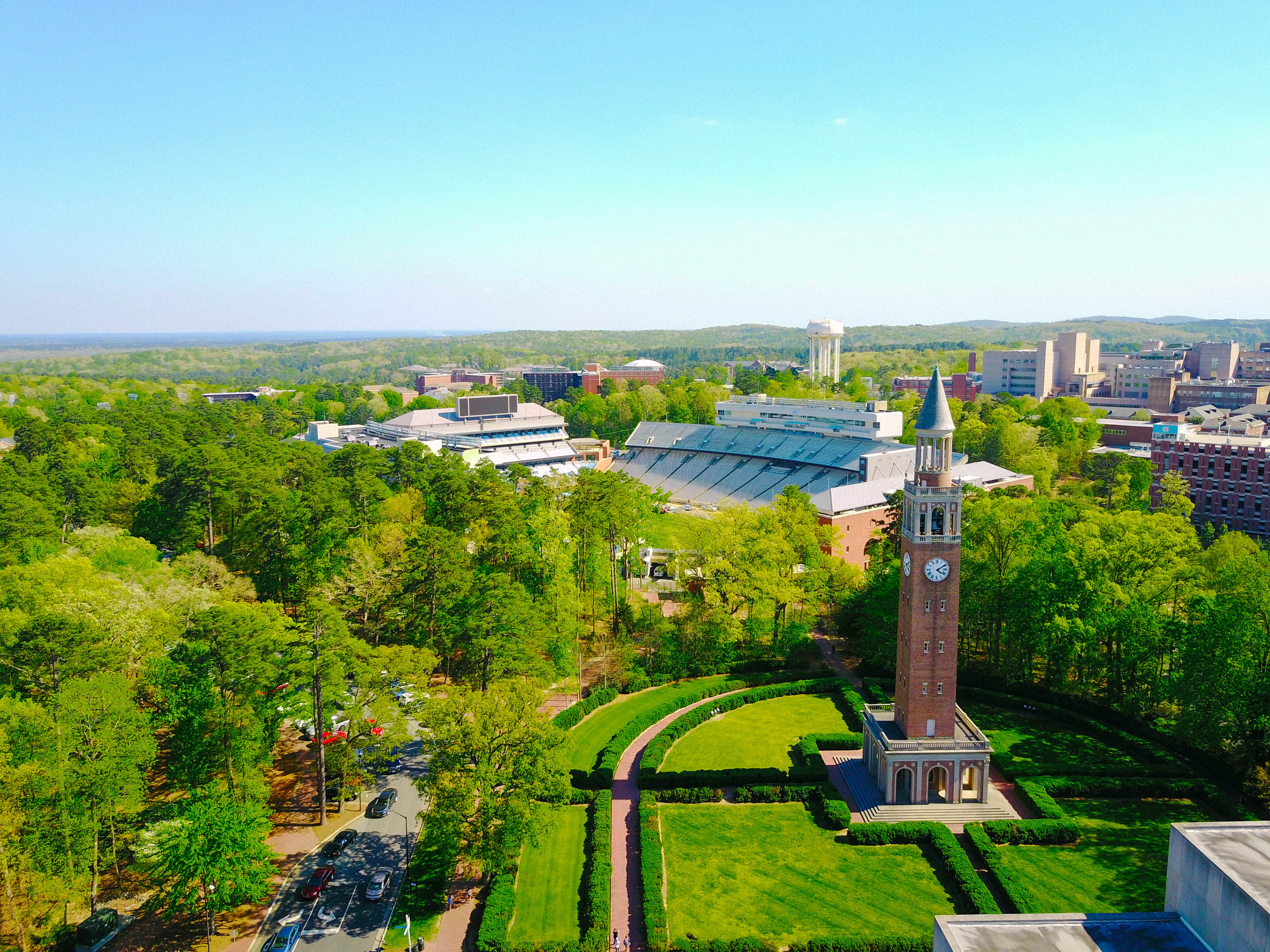
What are the Business School Tiers?
Business schools can be categorized into four tiers based on factors such as acceptance rates, career outcomes, academic excellence, research output, and prestige. Tier 1 schools are generally considered the best, while Tier 4 is the lowest. Keep in mind that sources may use different methods to create their tiers. The Financial Times groups the top eight schools into Tier 1, the next 38 into Tier 2, the next 44 into Tier 3, and the remaining schools into Tier 4 and looks at business schools across the world, but we’ll only be looking at schools in the United States.
Tier 1 Schools
The schools in Tier 1 are generally considered to be the best of the best: they have a high level of academic rigor and prepare their students for successful careers across a variety of sectors. As such, a prestigious high-tier school can be difficult to gain admission into, as the pool of MBA applicants is not only large but also primarily made up of highly competitive applicants.
One common grouping of the top schools is the “Magnificent 7,” or M7, which refers to the most elite schools with the most prestigious MBA programs: Stanford Graduate School of Business, Harvard Business School, MIT Sloan School of Management, Kellogg School of Management at Northwestern University, Wharton School at the University of Pennsylvania, Booth School of Business at the University of Chicago, and Columbia Business School. These schools all have highly competitive admissions criteria with the average GMAT scores of each year’s entering class being in the 99th percentile or higher.
| School | Average Starting Salary | % Employed 3 Months After Graduation* | Acceptance Rate | Annual Tuition & Fees |
|---|---|---|---|---|
| Stanford GSB | $189,010 | 82% | 7% | $82,455 |
| Harvard Business School | $175,000** | 80% | 12% | $84,854 |
| MIT Sloan | $168,095 | 97% | 15% | $86,956 |
| Northwestern Kellogg | $169,698 | 92% | 31% | $83,603 |
| UPenn Wharton | $175,000** | 92% | 14% | $89,500 |
| UChicago Booth | $180,000** | 94% | 15% | $82,908 |
| Columbia Business School | $175,000 | 81% | 15% | $90,129 |
Note: Usually, this figure does not account for graduates who have started their own enterprises, as they are not “employed” upon graduating. Median value, average not given
Tier 2 Schools
The next tier of business schools includes the rest of the T15 (Top 15), T20 (Top 20), and T25 (Top 25) schools, which also offer high-quality MBA programs but may have slightly higher, although still competitive, acceptance rates. Tier 2 also includes more business schools at public institutions that offer reduced tuition for in-state students. While these schools may not have the same level of prestige, many were established more recently, generally in the late 20th century, compared to Tier 1 institutions, which were established in the late 19th to early 20th century, so their curricula may be more up-to-date. Explore the career outcomes, acceptance rates, and costs of attendance of the remaining T25 schools below.
| School | Average Starting Salary | % Employed 3 Months After Graduation* | Acceptance Rate | Annual Tuition & Fees |
|---|---|---|---|---|
| Dartmouth Tuck | $189,010 | 93% | 40% | $86,050 |
| UMich Ross | $175,000** | 94% | 20% | $67,114 (MI residents) $72,114 (Non-residents) |
| Yale SOM | $175,000** | 88% | 33% | $85,400 |
| NYU Stern | $168,182 | 94% | 31% | $84,180 |
| Duke Fuqua | $175,000** | 92% | 22% | $77,925 |
| Berkeley Haas | $162,831 | 89% | 23% | $69,814 (CA residents) $82,059 (Non-residents) |
| UVA Darden | $167,899 | 95% | 39% | $79,800 (VA residents) $82,800 (Non-VA US residents) $83,040 (International students) |
| Cornell Johnson | $162,808 | 93% | 30% | $83,216 |
| USC Marshall | $150,081 | 86% | 23% | $77,701 |
| Emory Goizueta | $152,317 | 96% | 39% | $77,850 |
| CMU Tepper | $156,291 | 92% | 29% | $76,666 |
| UCLA Anderson | $151,140 | 87% | 40% | $84,973 |
| UTA McCombs | $157,735 | 89% | 38% | $52,550 (TX residents) $58,720 (Non-residents) |
| UW Foster | $151,322 | 89% | 42% | $40,008 (WA residents) $57,846 (Non-residents) |
| Indiana Kelley | $140,486 | 96% | 27% | $31,344 (IN residents) $56,954 (Non-residents) |
| UNC Kenan-Flagler | $146,779 | 89% | 38% | $53,776 (NC residents) $71,956 (Non-residents) |
| Georgetown McDonough | $149,256 | 93% | 62% | $64,638 |
| Rice Jones | $150,000 | 94% | 39% | $74,730 |
* Usually, this figure does not account for graduates who have started their own enterprises as they are not “employed” upon graduating.
** Median value, average not given
Tier 3 & Tier 4 Schools
The remaining schools are typically grouped into one or two tiers, depending on the source. These schools may not be as prestigious, but that doesn’t mean they don’t offer quality MBA programs. In addition to being more accessible in admissions, these schools may offer more unique and modern curricula, so it’s crucial to thoroughly research the costs, advantages, and experiences of students and alumni for each program you apply to.

MBA Application Checklist
Free download of a customizable, comprehensive application checklist to help you stay organized at every part of the process.
Which Tier is Right for You?
When deciding which MBA programs to apply to, it’s important to understand the differences between the schools in each tier in order to determine which type of MBA program best suits your applicant profile and career aspirations. For example, if affordability is a priority, choosing to focus on in-state MBA programs at public colleges and universities, which tend to fa
ll into Tier 2 and below, can help reduce costs. If you’re interested in management roles in other fields, schools offering a more individualized education through dual-degrees or MBA concentrations may be right for you.
Creating an Application Strategy Based on Tiers
Most applicants apply to five to eight MBA programs in one application cycle, but it can be difficult to narrow down all of the options out there to just five to eight programs. While your application strategy will ultimately depend on your personal circumstances and applicant profile, you may want to incorporate a mix of target schools, reach or dream schools, and safety schools.
- Target schools: These are B-schools that you have a strong, although not guaranteed, chance of gaining admission to. Your application statistics (such as your GPA and GMAT score) should be similar to the admissions statistics of the entering classes for your target schools. These are often Tier 2 schools.
- Reach/dream schools: Reach or dream schools, which are usually in Tier 1, are highly competitive and expect a high level of academic excellence, so your chances of being accepted may be low, but that doesn’t mean zero. With such high-quality MBA programs, it’s still worth looking into the application process.
- Safety schools: Typically in Tier 3 or Tier 4, these are institutions you have the best chance of gaining admission to: your GMAT score and GPA should be above the averages of the entering classes of those B-schools.
While admissions statistics such as GPAs and GMAT scores can make it easier to compare your standing compared to other applicants, it’s important to note that numbers aren’t everything. Strong application components such as an extensive work experience, a history of academic achievement, compelling essays and letters of recommendation, or involvement in research are often what admissions committees are most interested in, as they inform admissions committees what kind of student - and person - you are. Although understanding your chances of being accepted into a program is important, it’s also crucial to keep in mind that the best fit for you will also depend on aspects such as location, class profile, school culture, dual-degree options, and career resources.
Key Takeaways
- When deciding which business schools to apply to, looking at schools by tier can help you get a clearer sense of which MBA programs you have the best chance of getting into.
- Many resources for aspiring MBA students group schools into Tier 1, Tier 2, Tier 3, and Tier 4 by descending levels of competitiveness and prestige.
- When creating an application strategy, you may want to consider applying to schools from multiple tiers to maximize your chances of admission.
- Ultimately, your application strategy will be highly dependent on your applicant profile, including your GPA, GMAT scores, and professional experience.
Ready to Ace Your Business School Application?
Work with an expert coach to maximize your chances of admission to your dream business school. Whether you’re targeting Tier 1, Tier 2, or Tier 3 programs, our coaches provide personalized guidance on crafting your application, preparing for interviews, and perfecting your essays. Connect with a business school coach here.
For more information about MBA admissions and applications, check out these resources:
- The Ultimate MBA Application Guide
- How to Craft the Ultimate MBA Resume—With Examples
- How to Ace Your MBA Interview: With Prep Questions & Answers
- The 10 Best MBA Admissions Consultants
FAQs
What is the difference between Tier 1, Tier 2, and Tier 3 business schools?
- Tier 1 schools are the most prestigious with highly competitive admissions and top-ranked programs. Tier 2 schools offer strong education but may have slightly less competitive admissions and lower tuition. Tier 3 schools are more accessible with good programs but less recognition compared to Tier 1 and Tier 2.
Are Tier 2 business schools worth it?
- Yes, Tier 2 schools offer quality education, strong career opportunities, and better chances of admission compared to Tier 1. They may also be more affordable and provide strong alumni networks, making them a good option for many applicants.
Can I get into a Tier 1 business school with a low GMAT score?
- It’s challenging but not impossible. While Tier 1 schools typically require high GMAT scores, strong work experience, unique qualifications, and excellent application materials can help offset a lower score.
What are the best Tier 1 business schools in the U.S.?
- Top Tier 1 business schools in the U.S. include Stanford GSB, Harvard Business School, MIT Sloan, Wharton, and Chicago Booth, known for their academic excellence, global recognition, and impressive alumni networks.
How do I choose the right business school tier for me?
- The right tier depends on your goals, GMAT scores, work experience, and financial situation. Tier 1 schools offer prestige and opportunities, while Tier 2 schools can provide a strong education with better admission chances and lower costs. Consider your personal priorities when choosing.
Browse hundreds of expert coaches
Leland coaches have helped thousands of people achieve their goals. A dedicated mentor can make all the difference.




